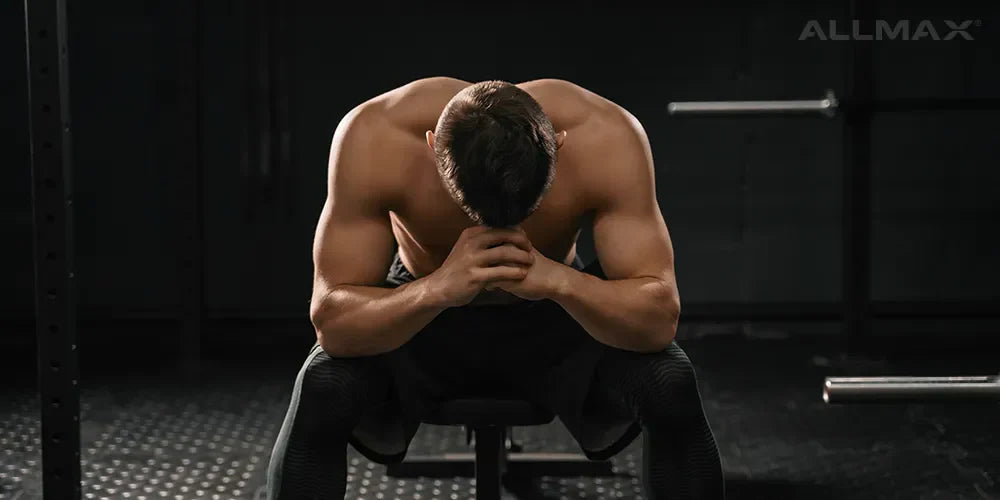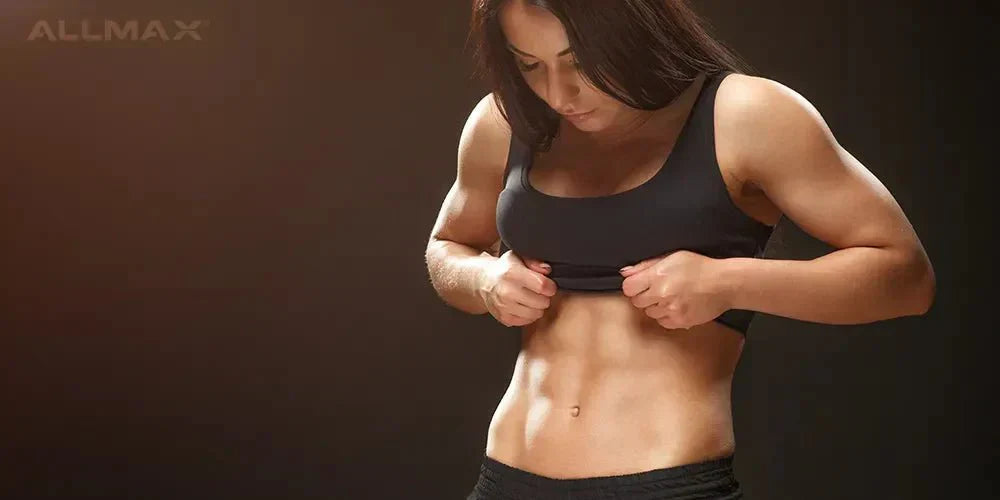Recruiting the muscles involved in the deadlift unlocks muscle growth throughout the entire body. Deadlifting and we mean with proper deadlift form, targets several muscles at once. Making it an ideal exercise for someone interested in improving overall body size and strength. However, you won’t reap the benefits if you don’t have proper deadlift form. Here’s how it works.
What Is Deadlifting?
Deadlifting is a strength training exercise that involves weightlifting while in a standing position, without using a bench or other type of equipment for support. Deadlifting targets several muscles, including the following:- Quadriceps
- Glutes
- Hamstrings
- Lats
- Abdominals
Proper Deadlift Form
There are many different ways to have your deadlift muscles worked, each with their own proper deadlift forms. Before getting into the individual exercises, it’s important to know the preliminary safety steps. When working with barbell deadlifts, you should start off with smaller weights, such as 5-10lb weights. You can add more as you go on. When approaching the bar, you should let it rest just above the middle of your feet. The exact proper deadlift form varies based on your chosen workout. Here are some of the most popular choices.Conventional Deadlift
A conventional deadlift is the typical barbell deadlift. It’s best for people of average or short height. Here are the steps involved:- Load the bar with weights
- Plant your feet hip-width apart
- Bend your knees and hips
- Grip the bar, keeping your hands shoulder-width apart
- Lift the bar
Hex Deadlift
If you’re above average height, the conventional deadlift may not be the best option for you. The conventional deadlift will result in extra force going toward your posterior chain, which can lead to unnecessary muscle stress. You may want to try the hex deadlift instead. This exercise will require a hex bar as opposed to the conventional barbell. With a hex bar, you actually stand inside of the bar, as opposed to in front of it. There are handles that make it convenient to hold. The proper deadlift form for the hex deadlift involves grabbing the handles of the bar, which are near the side. This start position takes away some of the pressure on your hip joins, distributing it more evenly between the knees and hips instead.Sumo Deadlift
The sumo deadlift is ideal for anyone with long arms. The proper deadlift form here differs from the conventional deadlift in the starting position. With the sumo deadlift, you place your feet wider than hip-width before bending the knees and hips and grabbing the bar. Because your hands are in between the knees, you don’t have to bend as much to grab the bar. Due to the wider stance, the deadlift muscles worked the most will be your hip abductors.Rack Pull
If you have short arms, you may want to consider the rack pull deadlift. In this case you place a loaded bar into a power rack, letting it rest just underneath the knees. The rack pull follows the same steps as the conventional deadlift proper form; it just changes the start position by placing the bar off the ground, thus limiting the range of motion. This does not mean you are having fewer deadlift muscles worked; rather, it solves the issue of not being able to bend for the proper deadlift form.Stiff Leg
A stiff leg deadlift is specifically geared toward working out the hamstrings. Here are the steps involved:- Keep feet shoulder-width apart
- Keep knees bent slightly
- Bend hips
Hack Lift
The hack lift deadlift stands out from the rest because it involves lifting the barbell behind your back, as opposed to in front of you. Other than this position of the barbell, this exercise follows the steps used for the conventional deadlift. The hack lift helps work out your quadriceps, but its tricky position makes it one of the more risky deadlift exercises. Here are some useful tips for a hack lift:- Don’t round your back
- Keep your chest high
- Don’t look behind you/look straight ahead
Frequently Asked Questions
With this variety of proper deadlift forms, you may have some questions when it comes to getting those deadlift muscles worked. Here are some of the most commonly asked questions.What Grip Do I Use?
For proper deadlift form, you should use a mixed grip. It offers high grip strength without adding unneeded pressure to your thumbs. To do a mixed grip, keep one hand in an underhanded position (palm facing out/back of hand facing in) and the other hand in an overhand position (palm facing in/back of hand facing out). Here are some of the advantages of the mixed grip:- Makes deadlifting feel lighter and easier
- Alleviates risk of thumb pain
- Boosts grip strength immediately
Is Deadlifting Dangerous?
When done improperly, any exercise poses a threat. Deadlifts in particular can be dangerous because they involve heavy weights. The best way to avoid injury is to follow proper deadlift form. If you don’t do this, then you risk fractures, muscle ruptures and lower back injuries. When having your deadlift muscles worked, it is important to move at your own pace and not push yourself. If you choose to lift heavy–which involves doing a few reps with the heaviest weights you can handle–make sure you are not over-exerting yourself. Even if you don’t end up sustaining an injury, pushing yourself too hard can leave you in pain for multiple days.Should I Use Straps?
Straps, which are typically made of nylon or canvas, are tools that help you achieve a strong grip. They are wrapped around the wrist and then the barbells. You can use straps if necessary, but you should be using them while also trying to enhance your grip strength — not using them as a replacement for grip. One potential risk of straps is that you may accidentally take on more weight than you can handle, so be careful not to use straps as a crutch.What Weight Do I Use?
The weights you use mostly depend on your own capabilities. In general, it is estimated that a 200-pound male can lift about 150 pounds without training. However, everybody is different; just because you fall into this weight range doesn’t necessarily mean that this is the right weight for you. If you are new to deadlifting, it’s advisable to start with a smaller amount and then build up until you reach your limit. As you keep practicing, you’ll be able to handle more weight.Should I Use Nutritional Supplements?
Getting those deadlift worked and having a proper deadlift form will definitely help gain muscle, but it’s not the only thing you should be doing. Any workout regime should be accompanied by proper diet and nutrition. Many professional athletes take nutritional supplements to help meet this requirement. If you’re interested in using supplements to go with your deadlift exercise, you want to make sure that you pick a high-quality, trusted brand. AllMax offers a variety of athlete-tested and approved products designed to maximize the benefits you reap from your workout. Products include:- Amino acids
- Vitamins
- Meal replacements
- Protein powders
- Fat burners



